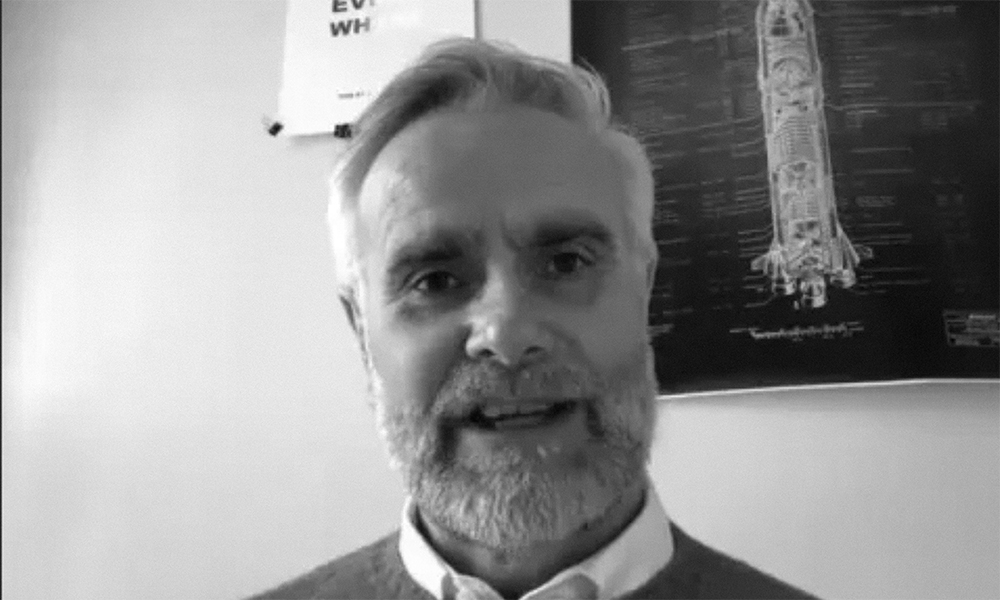
Photograph: Kai Gradert/Unsplash
From deciding which route to drive to work, to approaching a complex business situation, to navigating a global pandemic – changes are all around and choices we make influence our personal and professional lives on multiple levels, from the granular to the holistic. Change management is therefore a critical investment for any organisation that wants to shift its perception of change from obstacle to opportunity.
Change is a part of life. When it comes to the business, the focus is on how radical change within the business influences employees, processes and ways of working. When a project dramatically changes, how can the business adapt to meet the new requirements at speed? When budgets are influenced by economy or uncertainty, how can the business remain an innovative leader? These are the questions that agile change management will address.
When any part of the business, from project to process, dramatically changes, the organisation has to adapt. This requires a change management strategy that promotes flexibility and organisational fluidity.
The molecules of the organisation
Projects are the molecules of the organisation. Change within projects is a constant, from timelines to implementation requirements to costs. Delays can, for example, occur because resources were not available on time because the client was unable to address specific issues prior to implementation, or a change in structure or budget allocations. These factors can potentially have an impact on the success of a project, and this is where a robust change management approach is invaluable.
The first step is to embed a flexible and fluid approach to change within the organisation’s culture.
The first step is to embed a flexible and fluid approach to change within the organisation’s culture. The ability to flex and adapt to a sudden shift in client approach, stakeholder requirement, or deadline parameter is critical in any environment, and is ultimately only really successful if the culture embraces this ability.
Rigid structures and hierarchies are not designed for the flex and shift that’s needed to really adapt to change, or to pivot at speed. This needs to be overcome from the stakeholder level, where change management and flexible approaches to projects and methodologies must be embedded from the top down. Defined by leadership, and delivered by process and transparent communication, agility can become an inherent part of the company culture.
With this approach embedded within the foundations of the organisation, project management and change management will become immediately more agile and flexible in their approaches. This has the added value of delivering robust solutions to client problems without adding complexity and by mitigating risk.
By allowing people to address the change on a granular level, and to make change where it can benefit the process, the business will be immediately more capable of adapting to the unexpected.
Measured and steady
The past year demonstrated how easy it is to come to a crashing halt when faced with a wall of unexpected change. Budgets were cut, projects halted, businesses ended. Fear drove decision making. Investments were re-examined and budgets placed under a microscope.
For those companies that had already embraced the volatility of change with agile change management planning, this unexpected global change was less of a hurdle – and more of an opportunity. They were able to adapt their approaches, refine their solutions and find innovative ways of delivering maximum value to customers that were flailing in the waters of uncertainty.
This agility came from a culture that was ready to embrace change and pivot. And from the ability to adapt to the new and the unexpected on demand. Organisations with strong digital toolkits were able to move their people offsite and online purely because they were physically prepared to make the necessary changes to their approaches. There were many companies with solid cloud investments and digital transformation strategies that struggled to make a smooth move to remote working, as they were reluctant to let go of old processes and frameworks. The struggle was mainly to mentally accept the new way of working online and to exploit the features of the online technologies at a maximum.
Defined by leadership, and delivered by process and transparent communication, agility can become an inherent part of the company culture.
Today, those companies that clung to the traditional and the known are still struggling to find their feet in a global market that’s defined by digital agility. In opposition, companies where people are engaging across multiple platforms and locations, delivering on high-end projects from kitchens and lounges, and ensuring engagement from sofas and settees, are in the front of the market contingent. The where of the work has been replaced by the how, and agile approaches to change have become best practice to ensure sustainable stability.
Developing the ‘change as opportunity’ mentality
Looking to the year ahead, the factors compelling businesses to adapt encompass working practices (remote working / limited physical interaction), organisational change, and global change. To address these constantly moving goalposts, companies need to focus on change management approaches and methods that allow them to not just build change into the culture, but provide people with the support they need to thrive in mercurial environments.
Ways to optimise this support include:
Managers engaging with individuals;
Providing more insight into team structures and the line of business;
Changing processes to accommodate the lack of physical interaction;
Transformational coaching that enables and empowers people so they are increasingly open to change; and
Selecting change agents within the business whose sole role is to drive change.
These simple steps can play a huge role in shifting the dynamic within your business, in order to both change the perception of change, and to reimagine processes and practices. Change can shift from an obstacle to an opportunity, strengthening business foundations. Like buildings designed to withstand the phenomenal forces of earthquakes, companies designed to adapt to change can withstand the force of market (and global) disruption.

















































